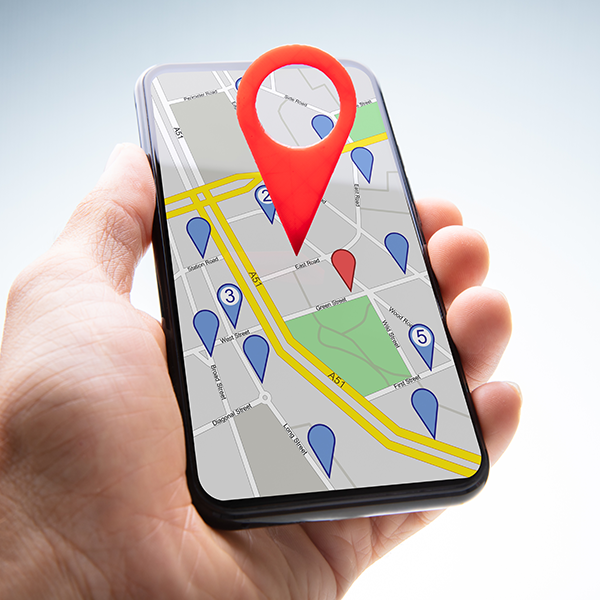Back to Work: Types of Employee Monitoring Software

Gone are the days when company founders need to memorize employees' license plate numbers to track how many office hours they logged - a recently reported strategy Microsoft Co-Founder Bill Gates took to several decades ago.
Today, tracking work hours is made simple, of course, by software that allows employers to monitor hours worked either by self-reported data, captured data or a combination of the two. TrackSmart, for instance, allows team members to clock in or out from anywhere as long as they can connect to the Web. Similarly, VeriClock offers verification tools to ensure staff is clocking in when and where a company needs it.
On the other hand, with Screenshot Monitor, employees create a task and then the program automatically tracks time and screenshots for it to better understand (and pay for) what a person is working on (or not).
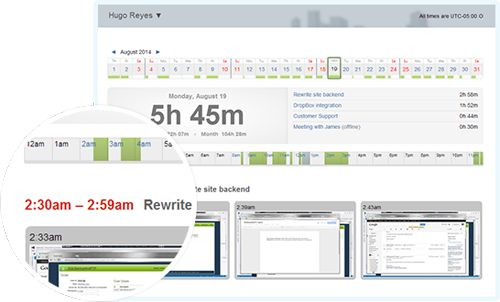
Why is employee time monitoring important? For a few reasons. Employers want productive staff members, of course, and the percentage of professionals working remotely is growing, raising more productivity concerns (although there has been study after study indicating employees are actual more productive in remote situations). The main reason, however, should be to understand employee satisfaction.
Employees are a company's biggest asset (particularly for those who don't actually offer a product and employees are relied on to produce a service), and those team members who may not be producing the way they should be could be totally disengaged and ready to churn, which will cost the company more than the few hours a week the team member spends scrolling through Facebook.
For this reason, many discrete employee monitoring solutions have emerged that track elements like employee activity, internal security threats and even sentiment. Those that track activity include iMonitorSoft, which records employee computer activities including keystrokes, screenshots, email, print jobs, online searches, Google chat, social media and more, as well as SoftActivity, which allows employers to monitor staff computers in real-time, record emails, IM chats, generate reports, etc. Both can be used to glean information about security threats as well. Other activity trackers include: SpectorSoft, ACTIVTrak, Teramind and NetVizor (shown).
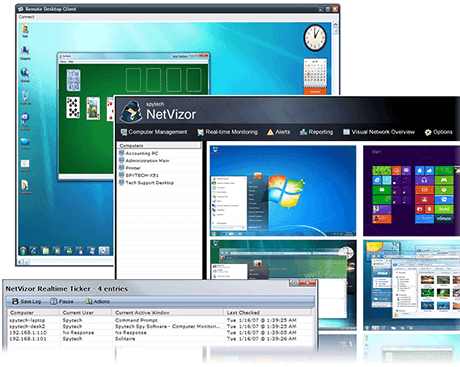
While insights about employee morale can definitely be gained by monitoring activity (e.g. chats with peers), there are also sentiment-driven employee monitoring tools that reduce some of the guesswork. For instance, kanjoya quantifies employee values, attitudes, engagement and performance traits in real-time to predict their impact on business outcomes. Kanjoya gets these insights by capturing, analyzing and interpreting quantitative data and text-based unstructured data such as open-ended surveys and performance reviews.
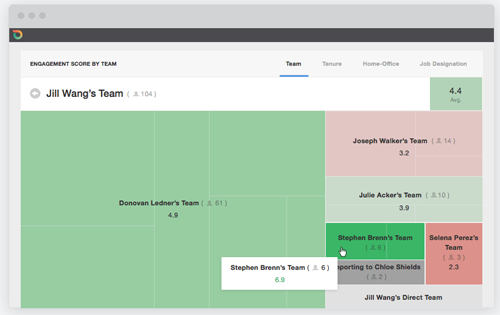
Regardless of what type of employee monitoring tool(s) an enterprise chooses to leverage, it is important to remember that employees are valuable assets and should be treated with respect, which includes a level of transparency. Most modern team members understand the concept and use of employee tracking, but they'll also want a level of trust from their employer that they are doing the job they signed on to do. What's more, employees who are actively engaged should be recognized, and those struggling may need a different style of management, training or tools to be more effective.
Finally, an enterprise may want to consider some sort of gamification to motivate employees, so they can compete against their peers and be rewarded for being a top performer. FantasySalesTeam, for example, runs sales contests modeled after fantasy sports.
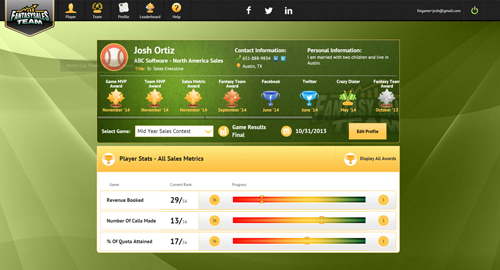

Subscribe to Our Newsletter!
Latest in Software








